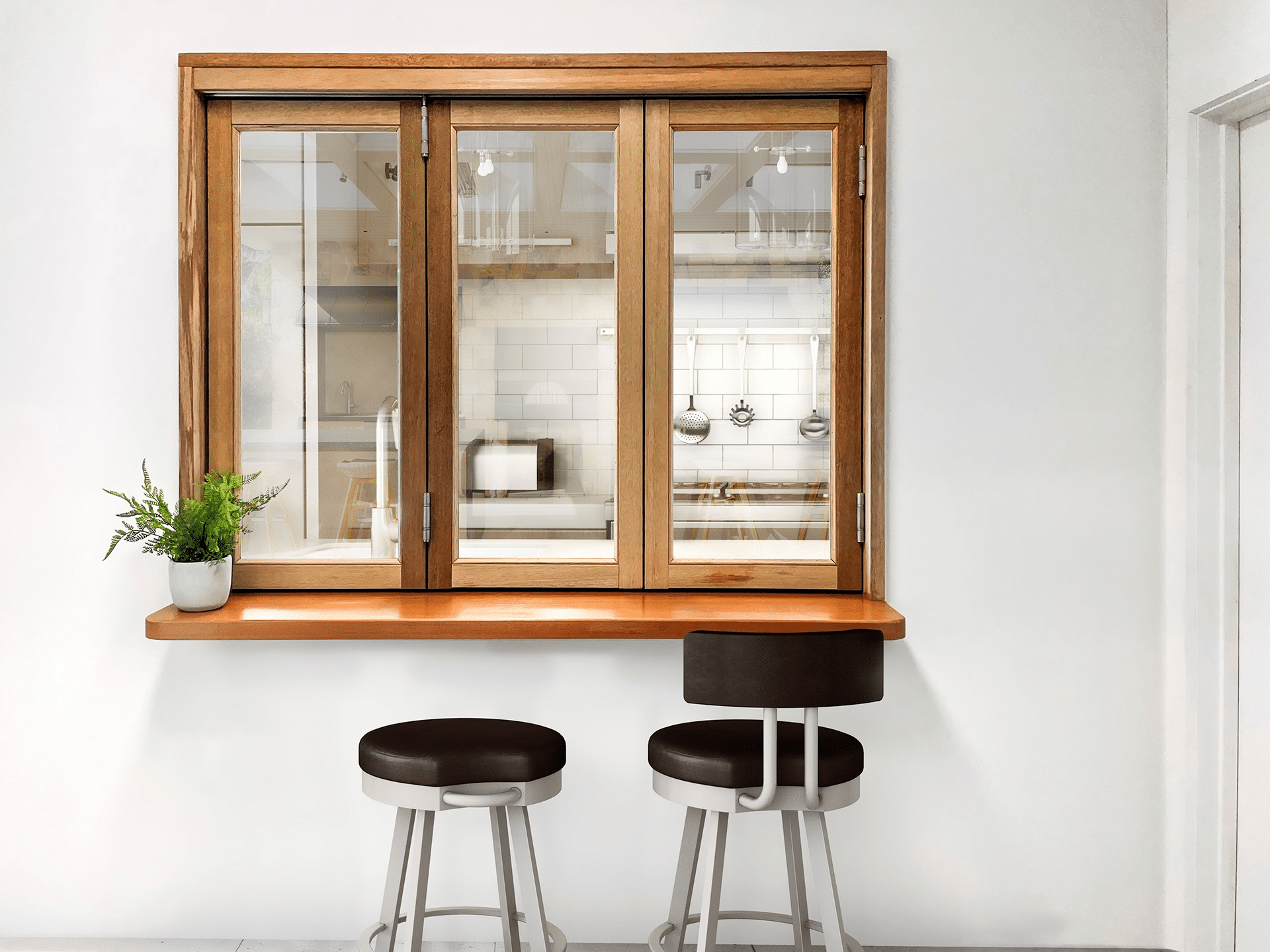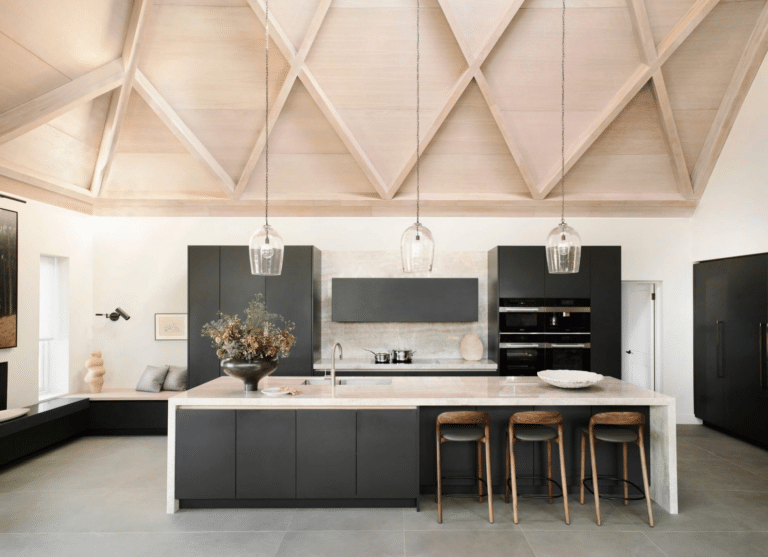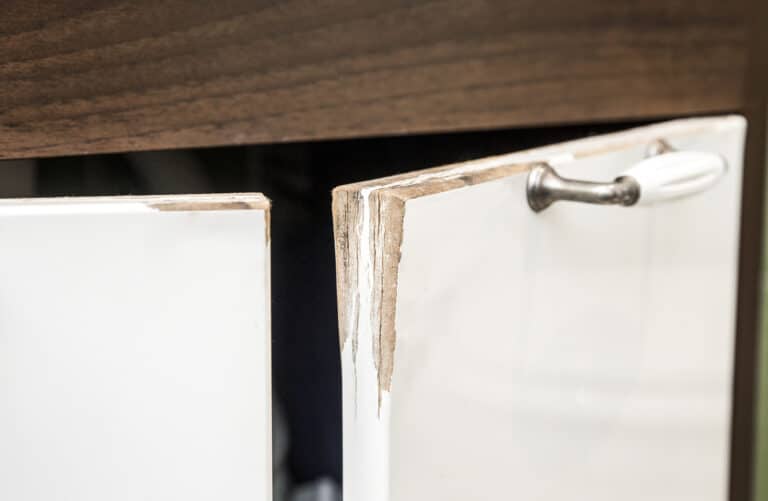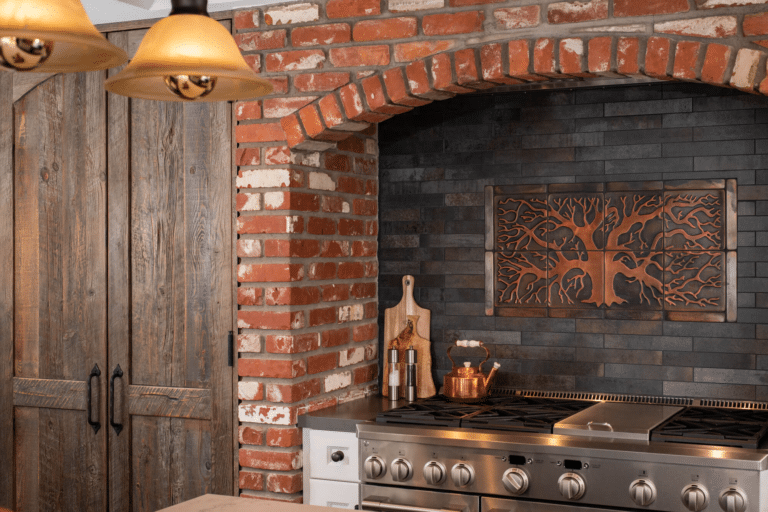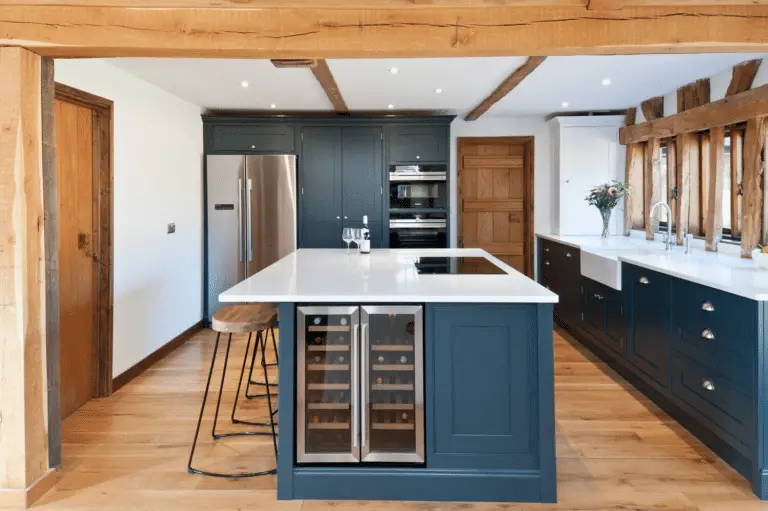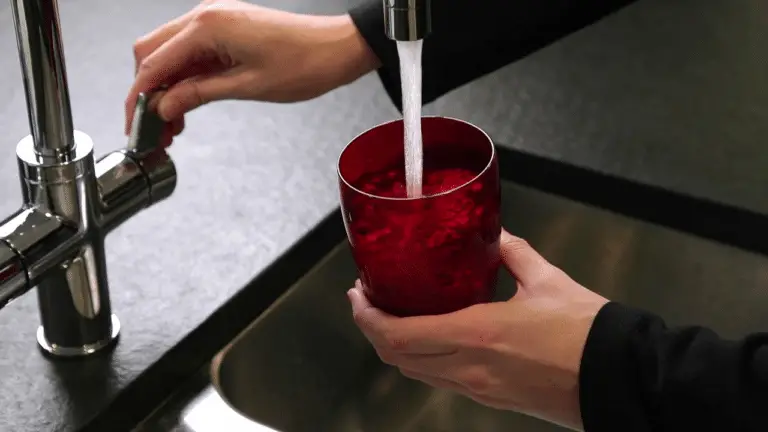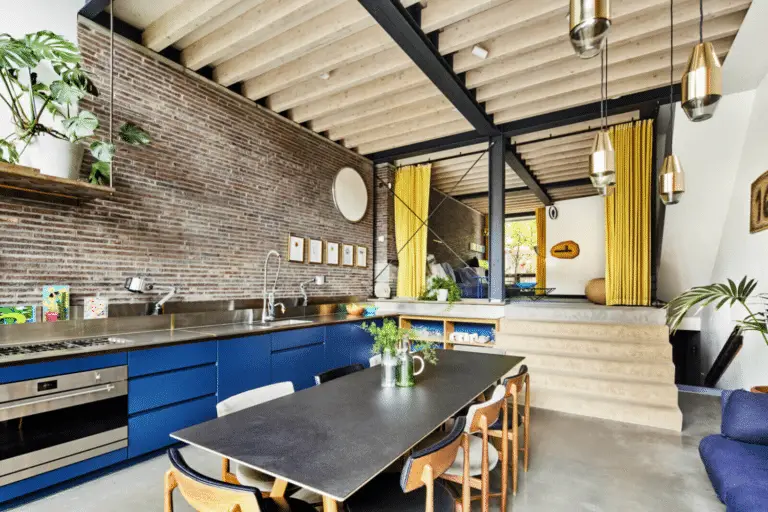Welcome to the world of bifold kitchen windows! Have you ever wondered how these windows can transform your kitchen space? From adding a unique design element to enhancing functionality, bifold windows have a lot to offer.
But before you jump into the decision of choosing materials for your bifold windows, there are some key factors to consider. Let’s explore the different materials available, the cost considerations, and how to make an informed decision that suits your needs and budget.
So, let’s dive in and find the perfect material for your bifold kitchen windows!
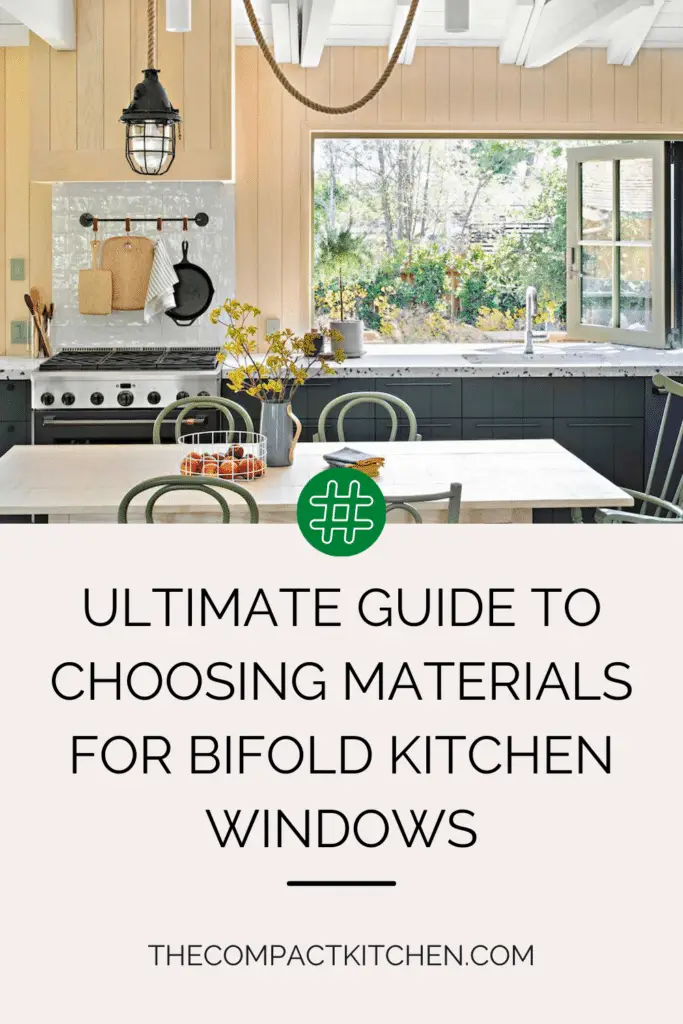
Introduction to Bifold Kitchen Windows
When it comes to designing the perfect kitchen, every detail matters. From the layout to the appliances to the finishing touches, each element contributes to the overall look and feel of the space. One often overlooked aspect of kitchen design is the choice of windows. Bifold kitchen windows are a popular choice for many homeowners due to their unique design and functionality.
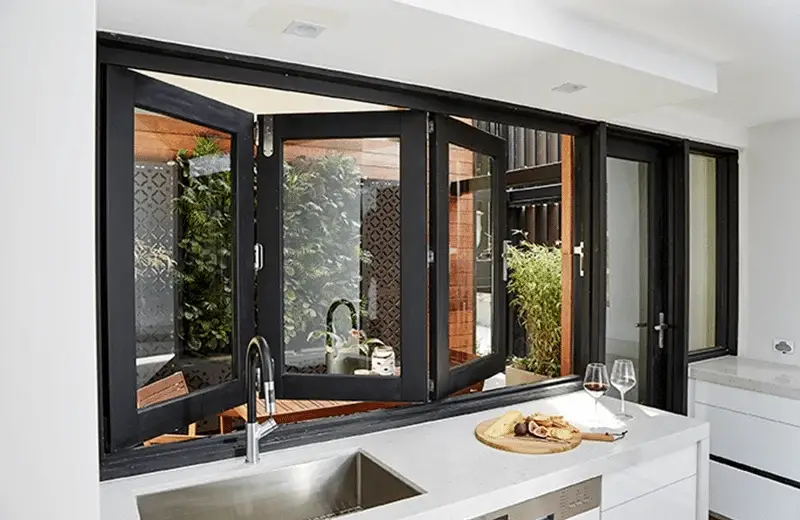
So, what exactly are bifold kitchen windows? These windows consist of multiple panels that fold back accordion-style, creating a wide opening that brings the outdoors in. Not only do bifold windows provide ample natural light, but they also offer excellent ventilation, making them ideal for kitchens where airflow is essential.
The benefits of installing bifold kitchen windows are abundant. They can seamlessly connect indoor and outdoor living spaces, allowing for easy access to patios or gardens. Additionally, bifold windows add a modern and sleek design element to any kitchen, creating a stylish focal point that enhances the overall aesthetic of the space.
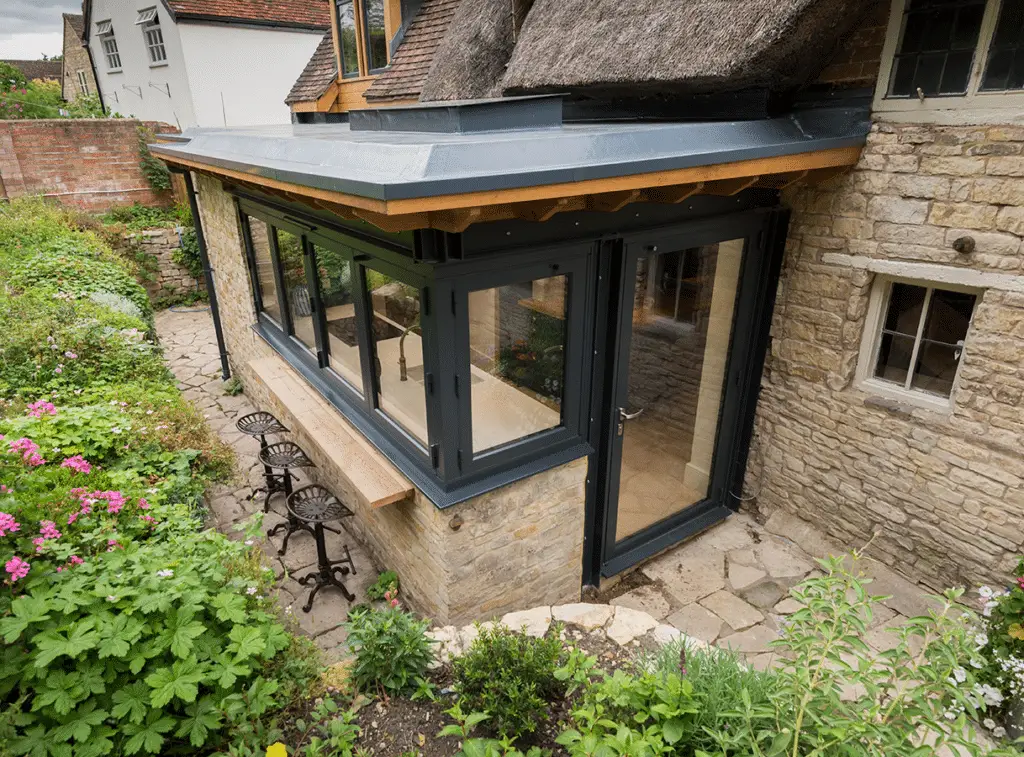
Ultimately, choosing bifold kitchen windows is not just a practical decision but also a design one. By understanding the advantages they offer and how they can elevate your kitchen, you can make an informed choice that enhances both the functionality and aesthetics of your space.
Factors to Consider When Choosing Materials
When it comes to choosing materials for bifold kitchen windows, there are several factors to take into consideration. These factors go beyond just aesthetics and play a crucial role in the durability and longevity of your windows. Let’s delve into some key considerations that will help you make an informed decision.
Kitchen Design Style
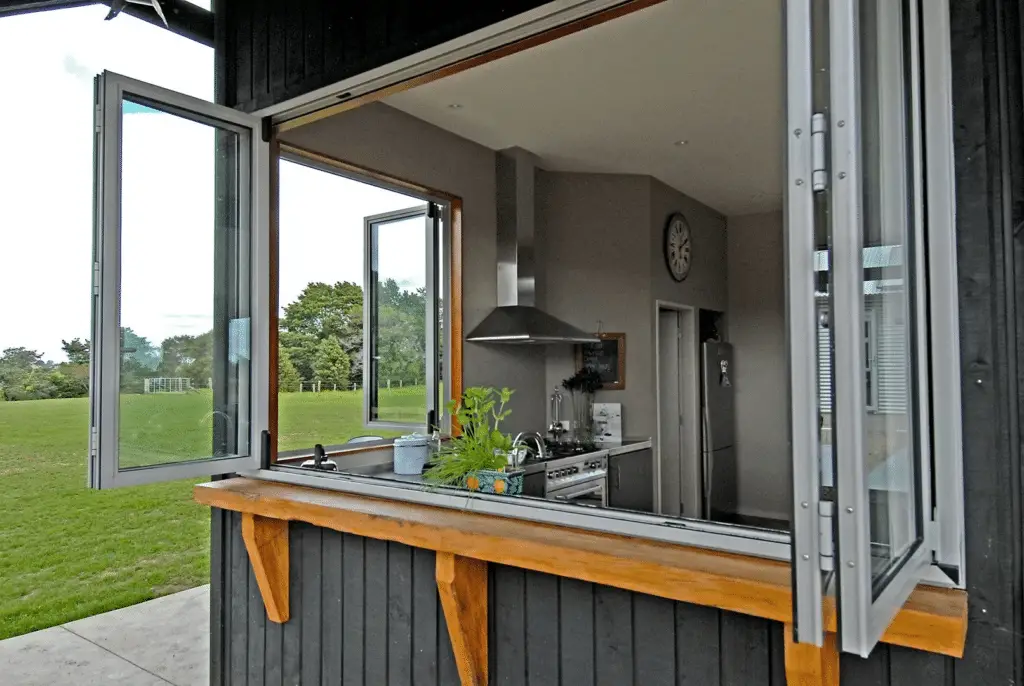
One of the first factors to consider when choosing materials for bifold kitchen windows is the design style of your kitchen. The material you choose should complement the overall aesthetic of your kitchen, whether it’s modern, traditional, or eclectic. For example, if you have a rustic farmhouse kitchen, choosing wooden bifold windows may enhance the cozy and inviting feel of the space.
Weather Resistance
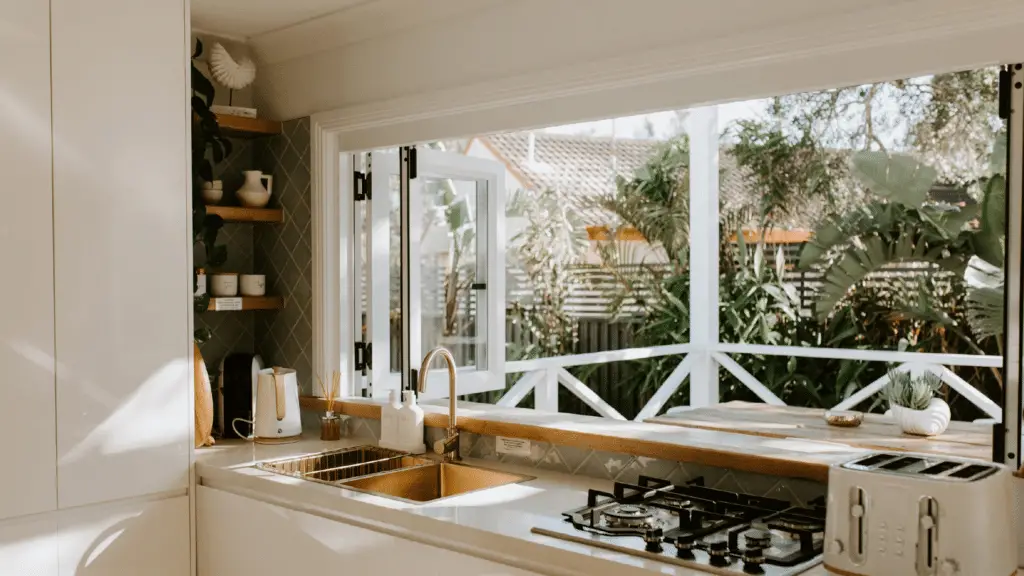
Another important factor to consider is the weather resistance of the materials. Since kitchen windows are exposed to varying weather conditions, it’s essential to choose materials that can withstand the elements. For example, if you live in an area with extreme weather, such as high winds or heavy rain, opting for materials that are durable and weather-resistant, like metal or fiberglass, may be a wise choice.
Maintenance
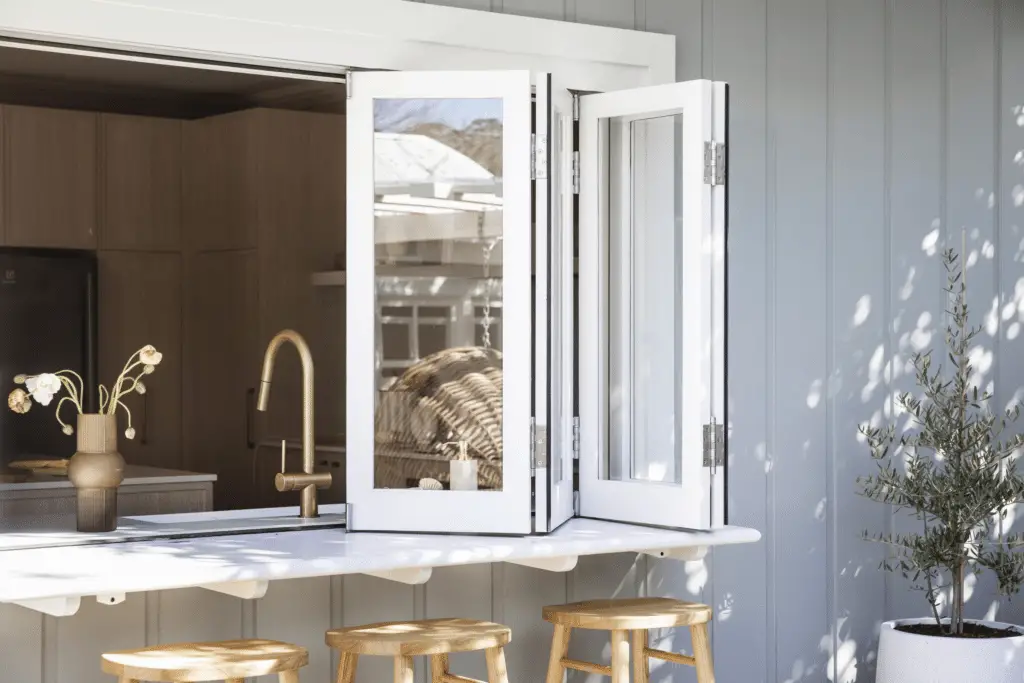
Consider the maintenance requirements of the materials you are considering. Some materials may require more upkeep than others, so it’s important to choose a material that aligns with your maintenance preferences. For example, if you prefer low-maintenance options, vinyl bifold windows may be a good choice, as they are easy to clean and require minimal upkeep.
By taking these factors into account, you can ensure that you choose materials for your bifold kitchen windows that not only enhance the aesthetics of your kitchen but also provide durability and longevity. Remember, the perfect material is one that meets your individual needs, fits your budget, and enhances the functionality of your kitchen.
An Overview of Commonly Used Materials
When it comes to choosing materials for bifold kitchen windows, there are several options available to homeowners. Each material has its own set of strengths and weaknesses that should be considered before making a decision.
Wood
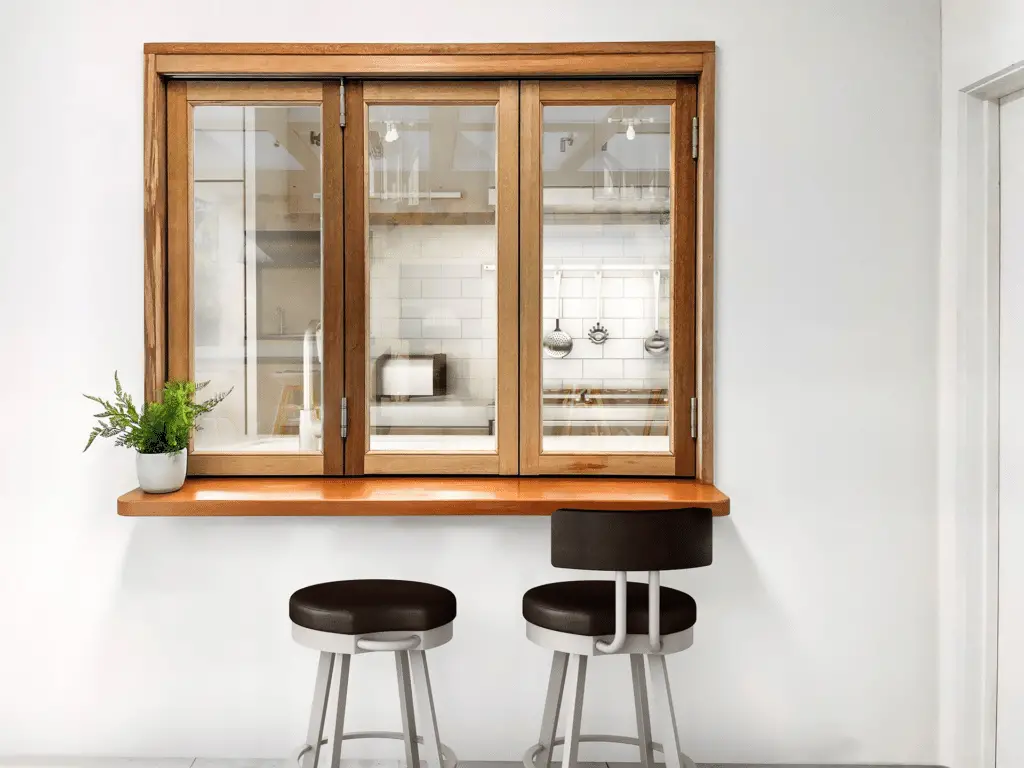
Wood is a popular choice for bifold kitchen windows due to its classic look and natural warmth. It can easily complement various kitchen design styles, from traditional to modern. Wood is also known for its durability, especially when treated properly to withstand moisture and humidity in the kitchen. However, wood requires regular maintenance such as sealing and repainting to prevent rotting or warping over time.
Metal
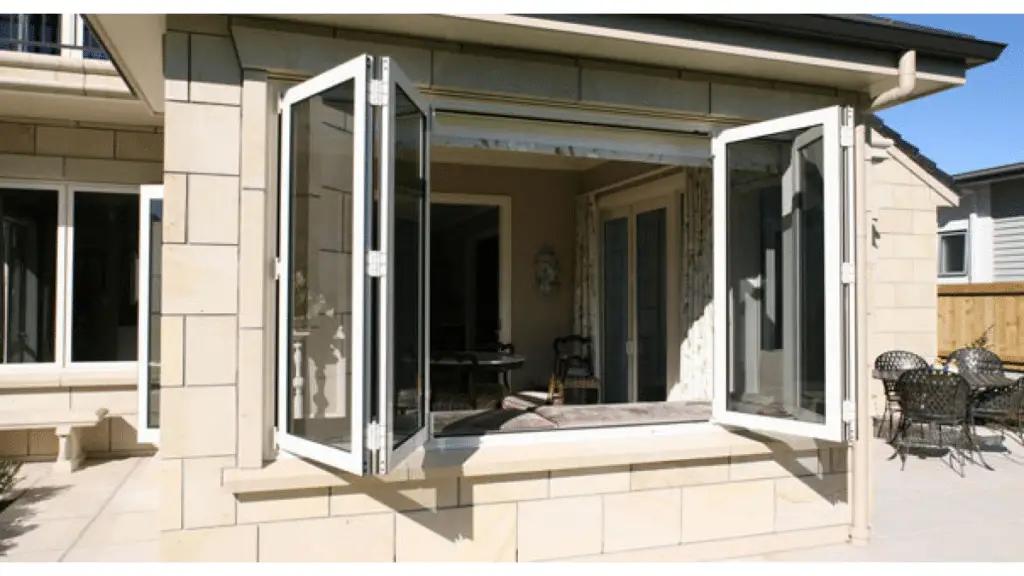
Metal bifold kitchen windows, such as aluminum or steel, offer a sleek and contemporary look to the kitchen. They are highly durable and require minimal maintenance compared to wood. Metal windows are also weather-resistant and can withstand extreme temperatures without warping or fading. However, they may not provide the same level of insulation as other materials, leading to potential energy loss.
Vinyl
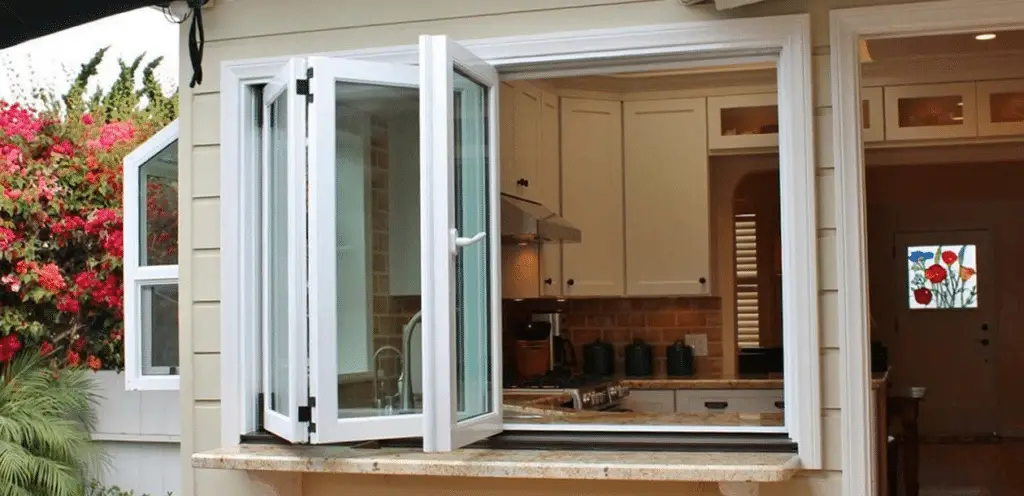
Vinyl bifold kitchen windows are a cost-effective option for homeowners looking for low-maintenance and energy-efficient windows. Vinyl is known for its durability and resistance to moisture, making it a suitable choice for kitchens with high humidity levels. These windows are also available in a variety of colors and finishes to match different kitchen design styles. However, vinyl windows may not offer the same level of aesthetic appeal as wood or metal.
Ultimately, the choice of material for bifold kitchen windows will depend on individual preferences, budget constraints, and the overall design of the kitchen. Each material offers a unique combination of aesthetics, durability, performance, and environmental impact that should be weighed carefully before making a decision. By understanding the strengths and weaknesses of wood, metal, and vinyl, homeowners can make an informed choice that suits their needs and enhances the functionality of their kitchen.
Cost Considerations
When it comes to choosing materials for your bifold kitchen windows, cost is a major factor that cannot be overlooked. While everyone wants the best quality materials for their home, it’s important to consider if higher cost necessarily means better durability and performance.
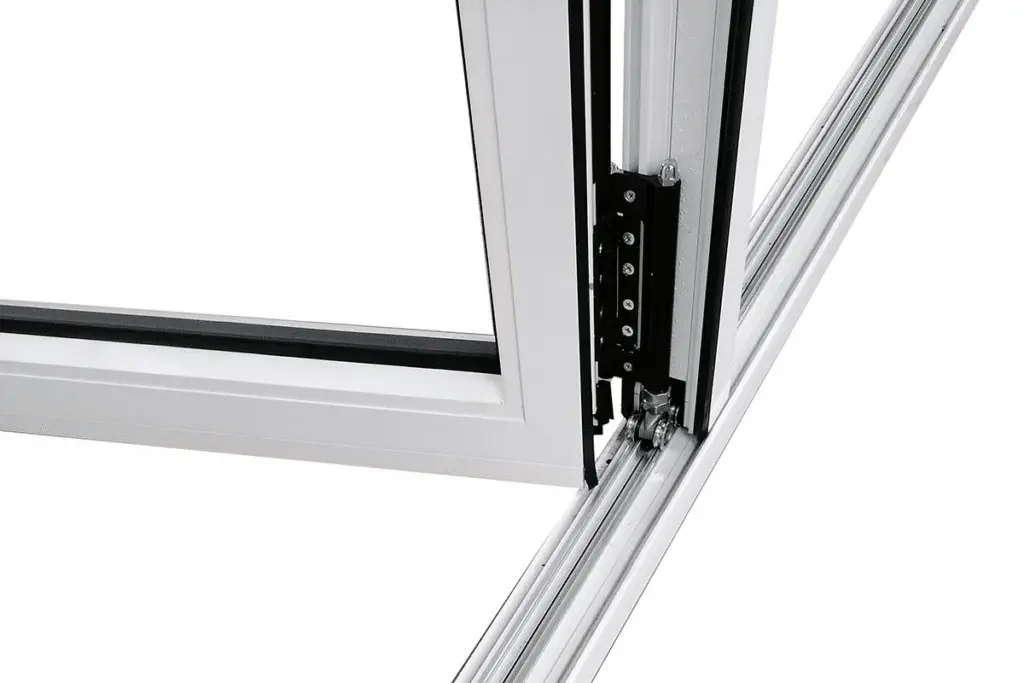
Some materials may be more expensive upfront but require less maintenance over time, ultimately saving you money in the long run. On the other hand, cheaper materials may require more frequent upkeep, leading to higher costs in the future.
It’s crucial to strike a balance between cost and other considerations such as style, maintenance, and environmental impact. For example, opting for energy-efficient materials may cost more initially but can lead to significant savings on utility bills in the future.
Choosing Materials Based on Your Budget
When determining the budget for your bifold kitchen windows, consider the overall cost of the materials, installation, and long-term maintenance. Keep in mind that higher initial costs may be worth it if the material is more durable and requires less maintenance in the future.
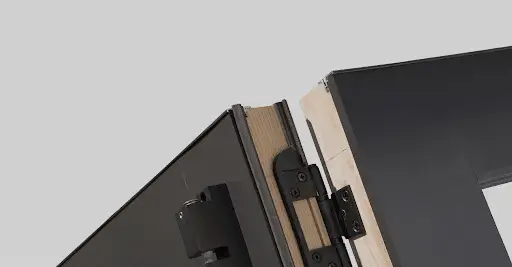
Research different materials and compare their costs to see which options align with your budget. Remember that investing in quality materials now can save you money in the long term by avoiding costly repairs or replacements down the line.
Considering Lifetime Value
When evaluating the cost of materials for your bifold kitchen windows, it’s essential to think about the lifetime value of each option. While upfront costs are important, durability, performance, and longevity should also be taken into account.
Look for materials that offer a good balance of cost and quality, ensuring that you get the most value for your investment. Consider how each material will hold up over time and how much maintenance it will require to keep it looking and functioning its best.
By carefully considering cost along with other factors such as style, maintenance, and environmental impact, you can make an informed decision that meets your needs and fits your budget.
Making an Informed Decision
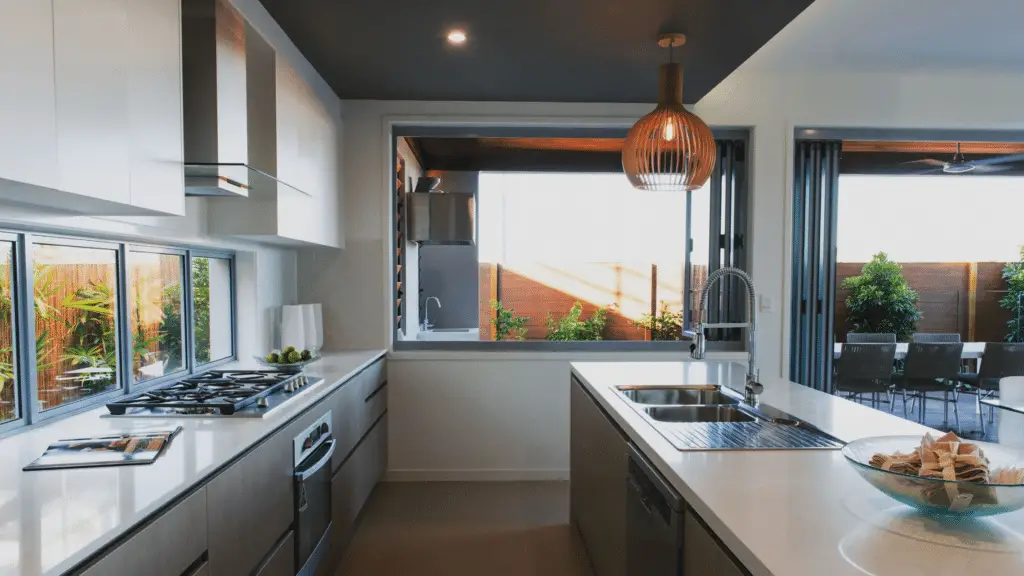
Now that you have a good understanding of the factors to consider when choosing materials for your bifold kitchen windows, it’s time to make an informed decision. It’s crucial to integrate all the information from the previous sections to ensure you select the right material that aligns with your needs and preferences.
Consider Individual Preferences
One of the key aspects to keep in mind when selecting materials for bifold kitchen windows is your individual preferences. Do you prioritize aesthetics, durability, or environmental impact? Make sure to evaluate what matters most to you and choose a material that aligns with your values.
Take Kitchen Design into Account
Your kitchen’s design style plays a significant role in the material selection process. Consider how each material complements your existing kitchen design aesthetic. For example, if you have a modern kitchen, sleek metal frames might be the perfect choice. On the other hand, if you have a more traditional kitchen, wooden frames could be a better fit.
Focus on Practicality
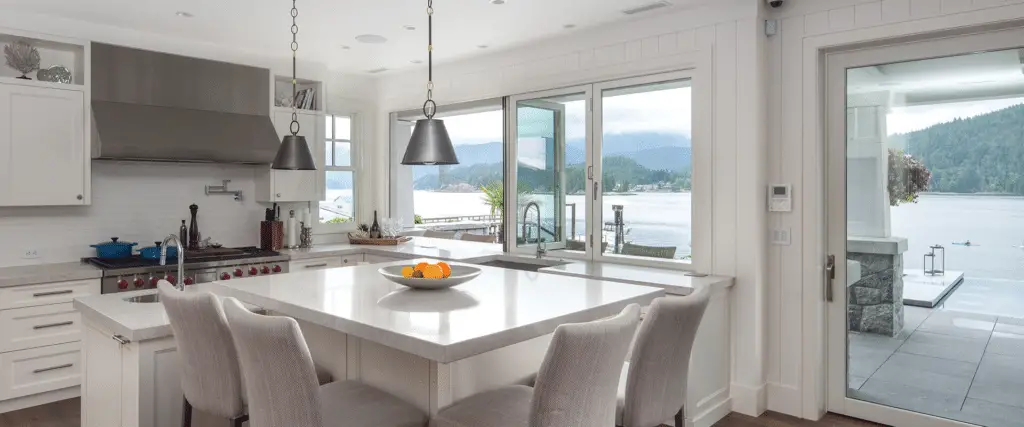
While it’s essential to prioritize aesthetics, don’t forget about the practical aspects of the material. Think about factors like maintenance requirements, weather resistance, and longevity. Choose a material that not only looks good but also performs well in your kitchen environment.
Find the Right Balance
When making your final decision, it’s crucial to balance all the considerations that matter to you. Don’t solely focus on cost or aesthetics. Instead, weigh the pros and cons of each material based on your individual needs. Remember, the perfect material is one that fits your unique requirements and budget.
By following these guidelines, you can confidently make an informed decision when choosing materials for your bifold kitchen windows. Remember to consider your preferences, kitchen design, and practicality to select the material that best suits your needs.
Wrap it Up: Choosing the Perfect Material for Your Bifold Kitchen Windows
In the world of bifold kitchen windows, choosing the right material is key. Consider factors like design style, durability, and cost. From wood to metal to vinyl, each material has its own strengths and weaknesses. Remember, the perfect material is the one that fits your unique needs and budget.
So, make an informed decision that reflects your individual preferences and practicality. Happy window shopping!

